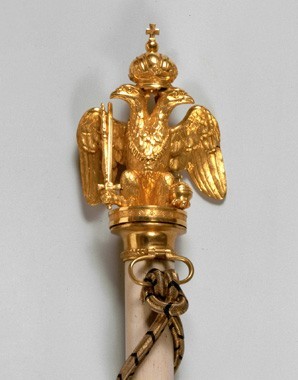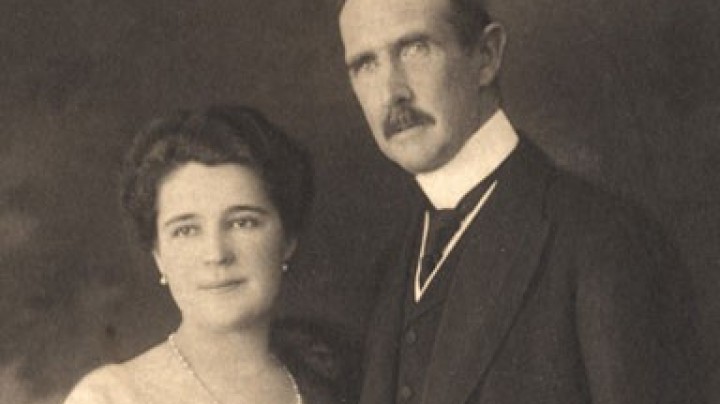Honorary services at Court – it’s being there that counts!
The Viennese Court was a closed society which watched rigorously over who was allowed to count as a member. Advancement up the hierarchy followed certain patterns. Aristocrats who wanted to make their career at Court had as it were cleared the first hurdle by dint of their noble birth. But even at Court the adage of every beginning being difficult held true …
At the beginning of a career at Court were the minor honorary services. These did not involve daily attendance on the emperor and were thus not especially influential. They did however imply basic membership of Court society. This manifested itself in permission to participate in certain religious or state events attended by the emperor, and included, for example, service at table when the emperor held a public banquet.
The next step was to acquire the title of Kämmerer or imperial chamberlain. The exclusive preserve of the higher nobility, this was the most important honorary office at the Viennese court and the most effective instrument for ensuring the loyalty of the nobility to the Court. The title of chamberlain was the symbol of belonging to the aristocratic elite of the Monarchy, to the ‘first tier of society’. The awarding of the title of chamberlain was associated with the concept of ‘eligibility’, the fundamental precondition for admission to the Court.
The most important duty of the chamberlains was to form the Cortège, that is, the personal entourage of the ruler when he appeared in public, a custom deriving from the conception of power from the feudal era, when the standing of a lord was reflected in the size of his retinue. As an aristocratic escort of honour, chamberlains were also assigned to serve in the retinue of the empress or important visitors. As a rule, however, permanent presence at court was not required, although theoretically they could be summoned to perform their duties. A minimum of six chamberlains had to be present at Court at any one time in order to serve in rotation.
As a badge of their office, the chamberlains wore a key symbolizing the right of admission to the emperor’s chambers. To preserve the dignity of the Court, the chamberlains had to exhibit morally irreproachable behaviour in keeping with the aristocratic code of conduct as well as prove that they were in possession of a fortune appropriate to their rank and standing. Any infringement of these regulations could lead to the title of chamberlain being revoked. Emperor Franz Joseph, who expected his entourage to have the same strictly conservative conception of aristocratic honour as himself, used this disciplinary instrument to preserve the reputation of the Court.
















